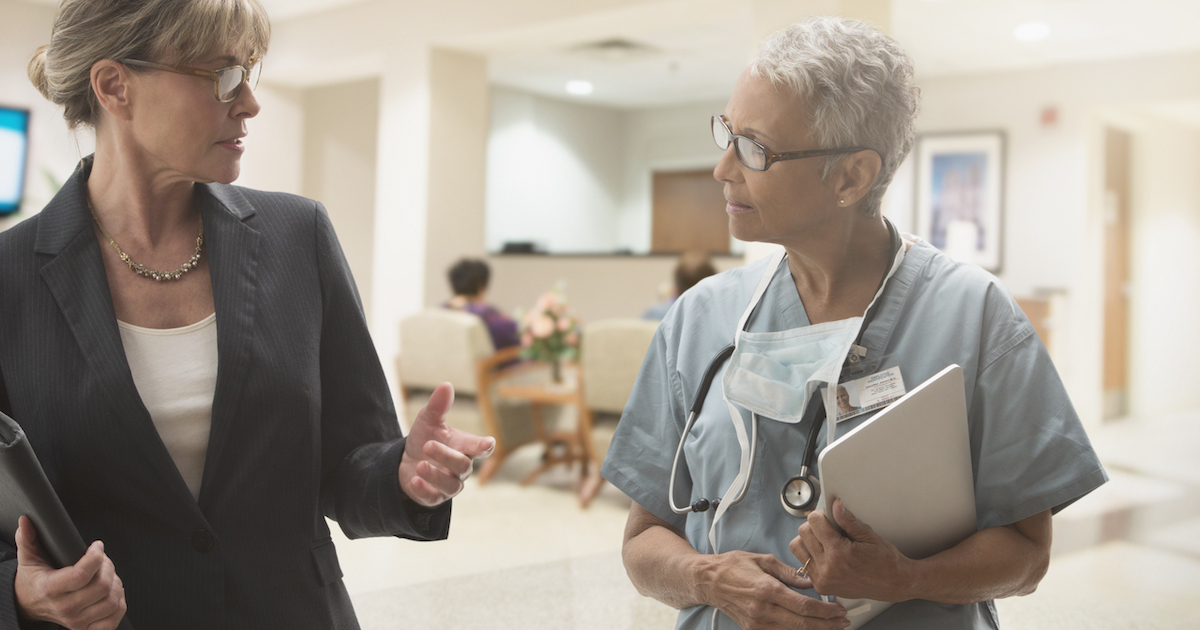The prospects for the mHealth market might be promising, but we've still got work to do.
“This market will not take off until we can scale,” said Clint McClellan, senior director of business development at Qualcomm Life and president and chairman of the board at standards and interface development for the Continua Health Alliance. He was part of the "M2M Now Money Talks: mHealth 2020 Vision – Show Me The Money" session that took place Tuesday afternoon at the mHealth Summit.
McClellan figures the mHealth market needs both scale and money. Standards play a big role in being able to scale, he said.
Someone else had titled McClellan’s slide deck “Is mHealth in the waiting room?” Had McClellan done it himself, he said, he would have chosen another title.
“Is mHealth in the waiting room? It should never be in the waiting room,” he said. “The idea is to keep people at home. Our role is to keep you outside the hospital, keep them healthy, help them recover quickly and then learn to manage their health with these tools.”
“When you’re in the hospital, as (Eric) Topol likes to say, it’s the most expensive hotel room in the country.”
McClellan advocated for an OnStar-like program that provides as much critical information about health as OnStar does about his car.
“I heard the word 'super app' mentioned earlier. It’s really super correlation,” he said. “It’s taking all this data and correlating it and giving us feedback. The idea, again, is to keep people at home.”
When panel moderator asked Reid Oakes of Oracle whether the outlook for mHealth was good or perhaps stalled, Oakes said: "I think we’re at a great point in terms of systems – lots of siloed kinds of environments out there."
The challenge he’s heard from the industry, he said, is what to do with the data, where does it go, how does it actually effect change?
“I think we’re waiting on the next wave of super app,” Oakes said. People in the industry say they need something more disruptive, he said, in order to make the leap to take it to the consumer – to broader adoption.
Oakes then turned to the only healthcare provider on the panel: Paul Frisch, chief of biomedical physics and engineering at Memorial Sloan-Kettering Cancer Center.
“Is there a 'there'?” Oakes asked.
Frisch replied: “I think the type of things people look for are very diverse.” Some work is going on in parallel, he said, and the results often become diluted over time. There are more sensors and more data than ever before, but often there’s a trend to use new technologies and new data shoved into old processes, and it takes time to learn how to use that better.
“So that in itself is a stumbling block.”


